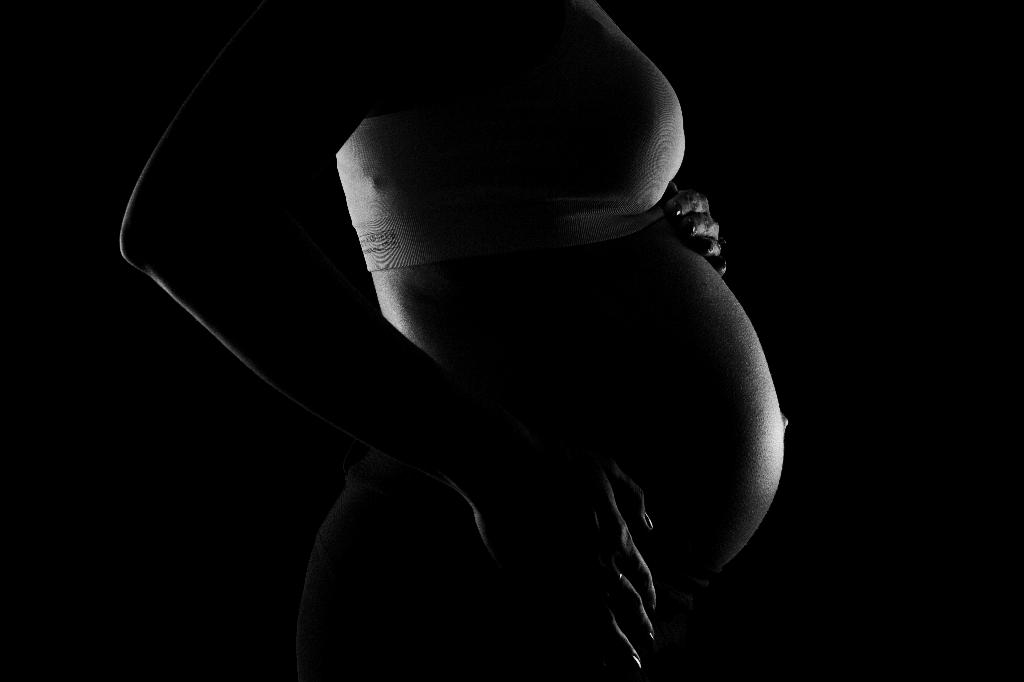When it comes to the question of how much maca to take in order to enhance fertility and potentially aid in getting pregnant, it’s important to consider the traditional uses and recommended dosage of this powerful root. Maca, scientifically known as Lepidium meyenii, has long been used as a tonic and aphrodisiac, with claims of improving fertility.
The usual recommended dose of maca root is typically between 500 to 1000 mg, taken three times a day. This dosage has been considered safe for short-term use, indicating that it can be consumed within these limits without significant risks. It is crucial to adhere to the recommended dosage to ensure safety and effectiveness.
Although maca has been traditionally associated with boosting fertility, studies suggest that it may not significantly impact reproductive hormone levels. This indicates that the potential effects of maca on fertility may not be directly related to hormonal changes, but rather to other mechanisms that support reproductive health.
When considering how much maca to take to potentially aid in getting pregnant, individuals should consult with a healthcare provider, particularly if they are trying to conceive. A healthcare provider can offer personalized guidance based on individual health factors, existing conditions, and any other medications being taken.
It’s important to recognize that the effects of maca on fertility may vary from person to person, and there is no one-size-fits-all approach to using this root for reproductive purposes. Some individuals may experience positive effects on fertility, while others may not notice significant changes.
While maca is generally considered safe within recommended doses, it’s essential to be mindful of any potential side effects or interactions with other medications. It’s always best to start with a lower dose and gradually increase, while monitoring for any reactions or changes in health.
Some individuals may choose to incorporate maca into their fertility regimen alongside other lifestyle and dietary changes. Maintaining a healthy lifestyle, including a balanced diet, regular exercise, and managing stress levels, can also play a significant role in supporting fertility and overall reproductive health.
Individuals interested in using maca for fertility purposes should also consider the quality and source of the product. Opting for organic, reputable brands can help ensure the purity and potency of the maca root, maximizing its potential benefits for reproductive health.
It’s crucial to approach the use of maca for fertility with a holistic mindset, understanding that it is not a guaranteed solution for getting pregnant. While maca may offer some potential benefits for reproductive health, it’s essential to maintain realistic expectations and explore other avenues if needed.
Overall, the question of how much maca to take to get pregnant is one that requires careful consideration, individualized guidance, and an understanding of the potential benefits and limitations of this ancient root. By approaching the use of maca thoughtfully and in consultation with healthcare professionals, individuals can make informed choices regarding its place in their fertility journey.
Remember, the journey to conception can be complex and multifaceted, and while maca may have a role to play in supporting fertility, it is just one piece of the puzzle. Being proactive in seeking medical advice, maintaining a healthy lifestyle, and exploring various options can help individuals navigate the fertility process with confidence and informed decision-making.

